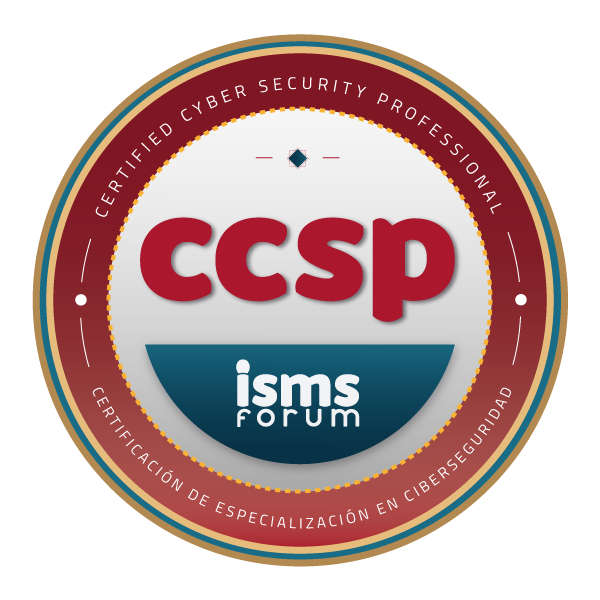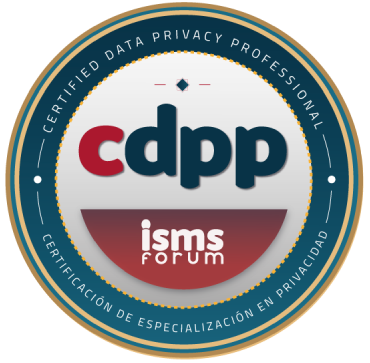Artificial intelligence is no longer a futuristic concept: it's here, integrated into the tools we use every day. In the SAP ecosystem, where SAP Business AI originates, AI has become a key lever for transforming financial, logistics, and human resources processes.
And the most interesting thing is that now we are not just talking about Traditional AI, which analyzes data and detects patterns, but also Generative AI, capable of creating content, automating decisions and anticipating business scenarios.
SAP Business AI: Relevant, Reliable and Responsible
SAP has named its proposal as SAP Business AI, based on three principles:
- Relevant: integrated from day one into business-critical applications.
- Reliable: supported by the company's real data and processes.
- Responsible: with an ethical framework that prioritizes transparency, security and privacy.
Joule: the intelligent copilot
The great protagonist is Joule, the conversational assistant integrated into SAP S/4HANA and other solutions. With Joule, a finance user can write in natural language: “Show me the operating costs for the last quarter.”, and receive a visual report ready for decision-making.
Fewer clicks, more context, and more speed. Joule not only responds, it also recommends actions and connects with the necessary SAP applications.

🔗 Recommended link: What is SAP Joule?
🔗 Recommended link: AI Copilot Joule Update | SAP S/4HANA CPE 2502 | Demo
Practical cases in Finance
The strength of SAP AI lies in concrete examples:
- Cash Application: Automatic payment reconciliation, drastically reducing manual work.
- Smart collection management: predicts which customers are at risk of default and prioritizes actions.
- Approval of accounting entries: The system validates and proposes automatic approvals.
- Reclassification in general ledger accounts: detects errors and suggests corrections.
- Fixed assets: automates bulk loads of master data.

🔗 Recommended link: Automate mass updates of asset master data in SAP S/4HANA
Short, focused demos that summarize the value of SAP Business AI:
🔗 Recommended link: SAP Business AI | Interactive Value Journey
These scenarios show how AI doesn't replace financial professionals, but rather frees them from repetitive tasks so they can focus on strategic issues.
Travel expenses with SAP Concur
In SAP Concur, AI minimizes manual management of receipts and vouchers:
- The role of SAP Concur ExpenseIt Convert receipt photo into structured expense line item (OCR + learning). You take a photo of a ticket → Expenselt recognizes date, amount, currency, supplier and concept → automatically generates an entry in the expense report.
- The smart audit engine Verify from Concur, Automatically monitors expense reports and detects anomalies (violated policies, suspicious amounts, duplicates). Uses preconfigured rules and machine learning to learn from historical cases.
- Result: Less fraud, greater compliance, and faster travel expense closings. With Joule, getting a summary by cost center or project is as easy as typing it.

🔗 Recommended use case link: SAP Business AI / SAP Concur Travel Expenses
Predictive Accounting
Predictive accounting in SAP S/4HANA is based on a book of prediction (configured as a supplementary ledger), where the accounting effects of transactions not yet recorded in the main ledger are recorded in advance. For example, for the Income Statement: expected revenue from sales orders and costs yet to be allocated.
These predictive accounting entries are automatically generated from business documents (sales orders, deliveries, expected invoices, etc.) and are aligned with actual records, so that when the final transaction is recorded, the predictive accounting information is naturally replaced by the actual information. This ensures a continuous view in which the finance department can compare planned, actual, and forecasted results without waiting for closing.
Result: Accounting ceases to be a retrospective function and becomes a proactive management tool.

Beyond Finance
SAP's artificial intelligence also powers other areas:
- Supply chain: bottleneck detection, logistics planning.
- Shopping: Intelligent supplier and material recommendations, delivery prediction.
- HR: offer generation, candidate analysis, onboarding.
- ITEM: Creating code with SAP Build Code and Joule as a development co-pilot.
In all cases, the promise is the same: fewer manual tasks, greater efficiency, and better-informed decisions.
Future perspective
SAP's journey with artificial intelligence is just beginning, and the direction is clear:
- Own models trained with real data (anonymized).
SAP leverages its privileged position as a custodian of business processes to train AI models on large volumes of anonymized data, preserving customer privacy. This enables predictions that are more tailored to the business context than a generic model.
- New cases of generative AI are constantly expanding.
SAP continually incorporates new scenarios into its applications: document automation, accounting reconciliations, content generation, and predictive analytics. This evolution isn't a one-time process, but rather a sustained process that progressively expands the reach of AI in the enterprise.
- An open and scalable ecosystem.
SAP doesn't work alone: it fosters an ecosystem where partners, customers, and industries can extend, customize, and verticalize AI solutions. This opens the door to industry-specific use cases (finance, retail, automotive, energy, etc.) and ensures that AI adapts to each business reality.

The ethical challenge and the future
Of course, AI is not without risks: data biases, opaque decisions, or “hallucinations” in generative models. SAP addresses this with its AI ethical framework Launched in 2018, it strengthens human oversight and compliance with regulations such as the GDPR and the upcoming European AI Act.
🔗 Recommended link: Responsible AI | SAP
In SAP Business AI, Generative intelligence with Joule and large language models provides the ability to interact in natural language and obtain responses tailored to the business context. These capabilities are complemented by predictive analytics, applied machine learning, an open ecosystem of models, and an ethical framework of trust. With this approach, SAP integrates different forms of intelligence into business processes to make them clearer, more useful, and more decision-oriented.
🔗 Other recommended links:
Global Keynote Highlights: Business AI, Joule, & Suite in 12 Minutes | SAP Sapphire Orlando 2025
Discover our SAP training
Find out everything on our blog and train in SAP with our Sap S/4Hana Finance Official Certificate.



